[Disclosure: Please assume all outbound links may in some cases provide site-sustaining revenue from ads or referrals (with never any extra costs to you). See footer for more details. Thank you]
Home > Household Chemical Encyclopedia > Living Room Hazards
Guide to Living Room Household Chemicals and Dangers

All the below living room household chemicals may be toxic and can contribute to poor indoor air quality.
The same goes for many of the activities common to that room of your home, whether it be due to pet allergens or from the operation of fuel-burning heaters or fireplaces.
This guide will help you understand and avoid the various dangers of these potential household hazardous wastes and allergy inducing activities.
Most of the living room household chemicals we commonly use in our homes are not necessary and are definitely not healthy.
We've all been brainwashed by the petro-chemical industry's marketers who spend billions on advertising to create the illusion that each specific task requires a specific household product.
This is rediculous and the toxic nature of these products is one reason why our environment and health is on a slippery slope downward.
Let's stop the gluttonous chemical cycle and break free from the herd mentalities upon which the chemical industry preys.
Remember SOURCE CONTROL IS OUR GOAL.
There are many non-toxic and natural alternatives to store-bought living room household chemicals.
For example, on my other website I have a very popular and extensive collection of free non-toxic homemade frugal recipes for various beauty, cleaning, pet, laundry, and automotive products.
How Many Indoor Air Pollution Sources Are In Your Living Room?
|
|
Features on This Page |
Carbon Monoxide
The living room is often where fuel burning heaters, wood stoves, and fireplaces are utilized for heat during colder months.
Any time anything is burned in or near your home, there may be a Carbon Monoxide (CO) hazard. CO can quickly kill you.
Carbon monoxide is a colorless gas which is practically odorless, tasteless, and non-irritating. Carbon monoxide is always formed when a fuel containing carbon is inadequately burned with poor ventilation. Kerosene, charcoal, coal, wood stoves, and automobile exhaust fumes are common sources of carbon monoxide poisoning. Natural gas in the United States does not contain carbon monoxide, but it may form if the gas is burned without adequate air supplies.
Carbon monoxide starves the body and brain of oxygen. Carbon monoxide poisoning produces symptoms ranging from headache, dizziness, flushed skin, disorientation, troubled thinking, abnormal reflexes, shortness of breath, fainting, and convulsions, to coma and even death. Heart problems are also aggravated by the presence of carbon monoxide because the heart must pump harder. Children, persons with respiratory illness or anemia, and the aged may be particularly sensitive. Chronic exposure to low carbon monoxide levels impairs judgement and increases the time required to make decisions.
If you have an attached garage, always make sure the door to the house is closed and the garage door is open when the car is running. If you think that you have a problem with carbon monoxide fumes, contact your local or state Department of Health for assistance.
Back to Top / Back to List
Carpet Cleaner
HAZARDOUS HOUSEHOLD CHEMICAL INGREDIENTS and Possible Effects:
PERCHLOROETHYLENE - Fumes are carcinogenic and acutely toxic, cause dizziness, sleepiness, nausea, loss of appetite and disorientation
NAPHTHALENE - Damages liver; prolonged vapor exposure has led to cataract formation
These ingredients are most commonly found in commercial "spot removers", rather than water-based detergent products or rub-in cleansing powders.
Back to Top / Back to List
Formaldehyde
Formaldehyde, also known as formalin, formal, and methyl aldehyde, is a colorless liquid or gas with a pungent odor. It is generally known as a disinfectant, germicide, fungicide, defoamer, and preservative. Formaldehyde is found in adhesives, cosmetics, deodorants, detergents, dyes, explosives, fertilizer, fiber board, garden hardware, germicide, fungicide, foam insulation, synthetic lubricants, paint, plastic, rubber, textile, urethane resins, and water softening chemicals.
Here is our Complete Guide to Formaldehyde which includes extensive health and MSDS information about the Brands, diseases, symptoms of exposure, sources, and jobs involving Formaldehyde hazards.
Inhalation of vapors produces irritation to the eyes, nose, and throat and frequently results in upper respiratory tract irritation, coughing, and bronchitis. Asthma may occur in sensitive individuals. Severe exposure to fumes may lead to chemical pneumonia. Skin reactions after exposure to formaldehyde are very common because the chemical can be both irritating and allergy-causing. In addition, formaldehyde is involved in DNA damage and inhibits its repair.
Formaldehyde is a suspected human carcinogen and has been shown to produce mutations and abnormal organisms in bacterial studies. Formaldehyde fumes are liberated from plywood, particle board, and chipboard, as well as urea formaldehyde foam insulation. Symptoms associated with exposure to formaldehyde fumes include mucous membrane irritation, upper respiratory tract irritation, eye irritation, skin rashes, itching, nausea, stuffy nose, headaches, dizziness, and general fatigue.
Toxicity is primarily related to the presence of formaldehyde gas. Toxicity may be relatively inconspicuous and nonspecific in nature. Patients suffering from formaldehyde toxicity have been mis-diagnosed as having asthma, bronchitis, anxiety, depression, or hypochondria. Severe prolonged vomiting and diarrhea in infants may be related to chronic exposure to formaldehyde fumes. An individual may become sensitized to formaldehyde following repeated exposure to these fumes.
If you have any questions or concerns about formaldehyde levels in your home, contact the office of air pollution control, your local or state Department of Health, or the American Lung Association office nearest you.
Back to Top / Back to List
Furniture Cleaner
HAZARDOUS HOUSEHOLD CHEMICAL INGREDIENTS and Possible Effects:
PETROLEUM DISTILLATES - Irritate skin, eyes, respiratory tract; may cause fatal pulmonary edema; flammable
OIL OF CEDAR - Central Nervous system depressant; may induce spontaneous abortion
Back to Top / Back to List
Furniture Polish
There are three general types of commercial furniture polish: solvents, emulsions, and aerosol sprays. Each type contains specific chemicals which aid in the application of the wax or oil to the furniture surface. Solvent polishes use a chemical solvent to dissolve the oil or wax into a liquid form. Emulsion polishes suspend the oil or wax in a liquid, usually water. Aerosol sprays are solvents or emulsion types packed under pressure.
Most polishes are flammable. Furniture polish may contain one or more of the following substances: Ammonia, naphtha, nitrobenzene, petroleum distillates, and phenol.
The health dangers most often associated with furniture polish are inhalation of fumes or vapors (especially from aerosols) and poisoning from ingestion. Polishes that look drinkable, like strawberry soda or milk, are especially tempting to children.
Use: When using furniture polish you should wear gloves, avoid skin contact with the polish, and provide adequate ventilation. Avoid polishes or stains with nitrobenzene.
Storage: Store away from children and sources of flame.
Disposal: Unused or unwanted portions of furniture polish which contain petroleum distillates or nitrobenzene should be held for a hazardous waste collection rather than disposing of them in the trash. The best way to avoid a disposal dilemma is to fully and carefully use the product up.
Back to Top / Back to List
Glass and Window Cleaner
Window and glass cleaner commonly contains isopropyl alcohol or Ammonia, water, and coloring. It may be mildly irritating to the eyes, skin, nose, and throat.
Use: Always use window and glass cleaners in a well-ventilated area.
Storage: Keep out of reach of children.
Disposal: Unused or unwanted portions of window or glass cleaner should be flushed down the drain with plenty of water.
HAZARDOUS HOUSEHOLD CHEMICAL INGREDIENTS and Possible Effects:
AMMONIA - Fumes irritate eyes, lungs; can cause burns or rashes on skin
ISOPROPANOL - Irritates mucous membranes; ingestion results in drowsiness, unconsciousness and death
Back to Top / Back to List
Pet Allergies
Allergies to pets with fur or feathers is extremely common, and the living room is often where pet allergens tend to be very elevated in those homes that have inside pets.
In the U.S. alone, about 60% of the population comes into contact with cats and dogs and there are almost half as many cats and dogs as there are people. Cat allergies are twice as common as dog allergies.
Pet allergies is not caused so much by shed hair or feathers, as it is by pet dander (shed pet skin cells) and the sticky protein in their urine or saliva that often clinges to hair and dander particles.
These pet allergens can be very long lived and they are everywhere due to their stickiness and how easily they can be transferred on clothing, shoes, ect.
The best way to avoid pet allergies is to avoid allergy causing animals, such as cats, dogs, or birds. Keep pets outside, avoid other households where pets are present, and keep pets that are hypoallergenic or which do not produce as much pet allergens, like fish or turtles.
If your living room or other rooms is already contaminated by pet proteins and allergens, it can be very difficult to remove the majority of these allergy triggers. So even if you put the pets outside, it may not help much because the allergens are already in the inside air and on surfaces.
Cleaning of surfaces using a good quality vacuum cleaner with true HEPA filters will help removed some of the pet proteins without spewing them back into the air from the vacuum's air outlet. HEPA vacuums are the only one's that will capture these tiniest of particles that will just pass through regular non-HEPA vacuums.
Remove contaminated pet bedding, furniture, or litter boxes. Scrub walls and flooring, steam clean carpeting. Clean all surfaces regularly and thoroughly. Have someone without pet allergies handle the cleaning of litter boxes or regular brushing/cleaning of pets (which may help to reduce allergens somewhat).
Wear a high quality dust mask while cleaning. The cheap paper dust masks will not work against most allergy causes like pet saliva and dander particles that will inevitably be stirred up during cleaning.
Air cleaning can also be effective using both HEPA room air cleaners and highly rated MERV furnace filters to help capture allergens that are often spread by air circulating through the HVAC system duct work.
A high quality In-duct Whole House Air Purifier will be able to capture tiny pet dander particles as air is circulated through your home via the HVAC system. But un-suspended particles sticking to surfaces will still require removal by thorough cleaning.
Besides capturing pet particles, the best home air purifiers will also include gas-phase filtration able to capture chemical gases. If you invest in an air cleaner, it is a good idea to make sure it is certified as being effective for removing both chemicals and particles from your air.
A good example of a common indoor air polluting gas is the above described formaldehyde. But there are hundreds of other volatile organic compounds produced by household chemical products, engineered wood products, and decor items commonly found in the living room or elsewhere in your home.
Back to Top / Back to List
Smoke Detectors
Smoke detectors are important for early detection of fires, especially in rooms of the house where combustion often occurs, such as the living room and kitchen area.
There are two types of smoke detectors: photoelectric, which detects only visible products of combustion, and ionizing, which detects both the visible and invisible products of combustion.
Ionizing (or ion chamber) smoke detectors contain a very small amount of radioactive material, Americium-241 (Am-241). Am-241 has a half life of 458 years and emits alpha particles.
The ionizing smoke detector is constructed so that to gain access to the radioactive sections would require the complete destruction of the smoke detector.
The best way to dispose of an ionizing smoke detector is to return it to the manufacturer. The photoelectric smoke detector can be disposed of in the trash.
Back to Top / Back to List
|
|
 |
Need More Information?
 | Site Search of Home Air Purifier Expert.com |


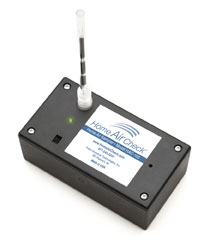
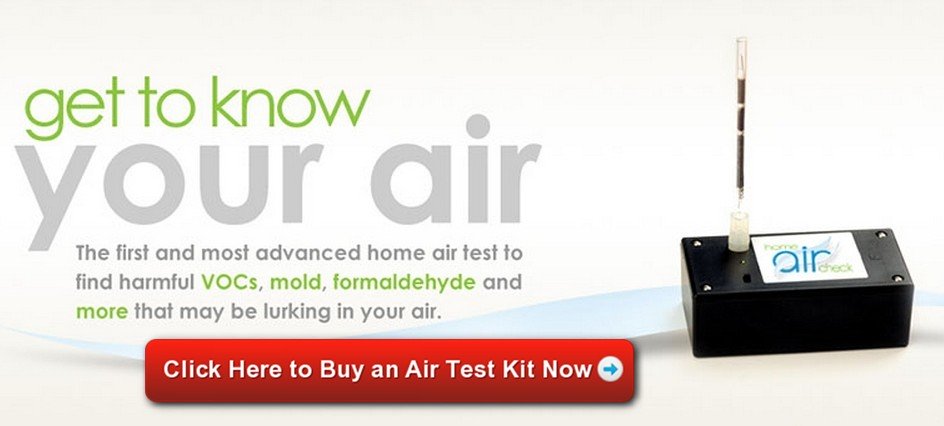
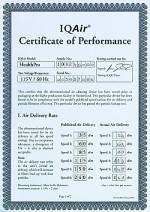
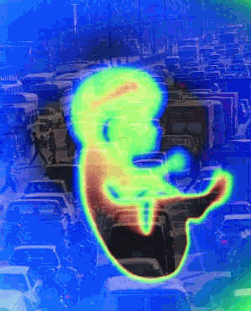


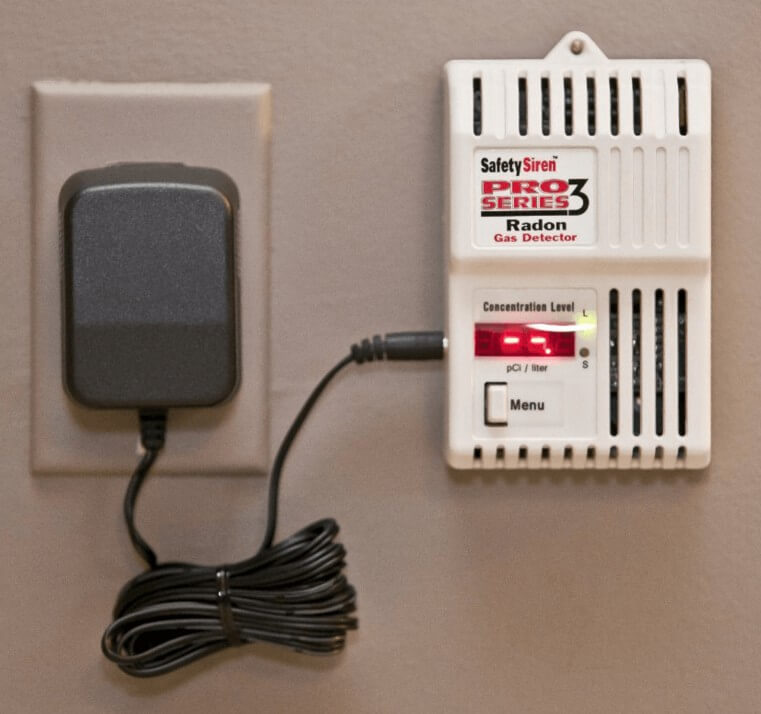
New! Comments
Have your say about what you just read! Leave me a comment in the box below.